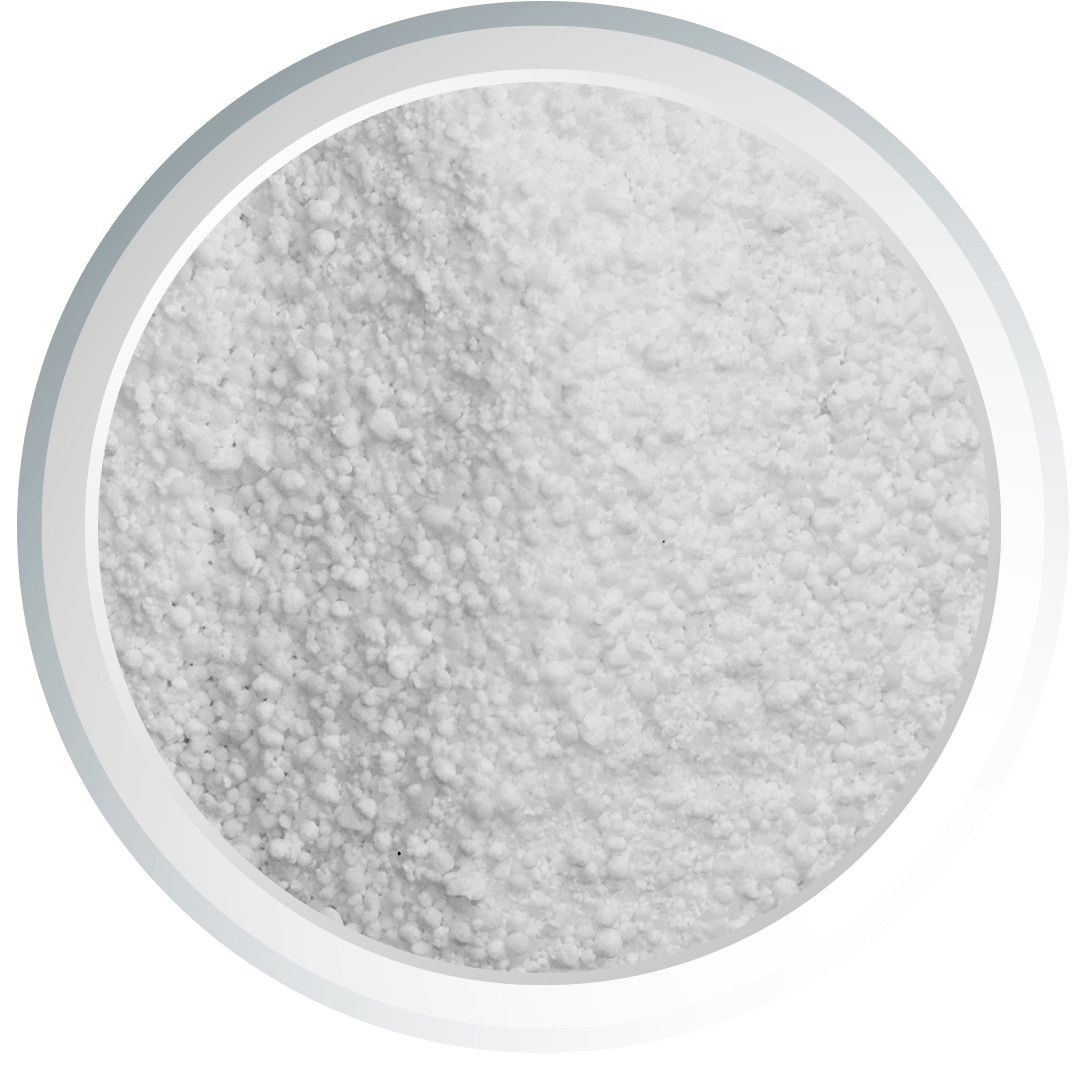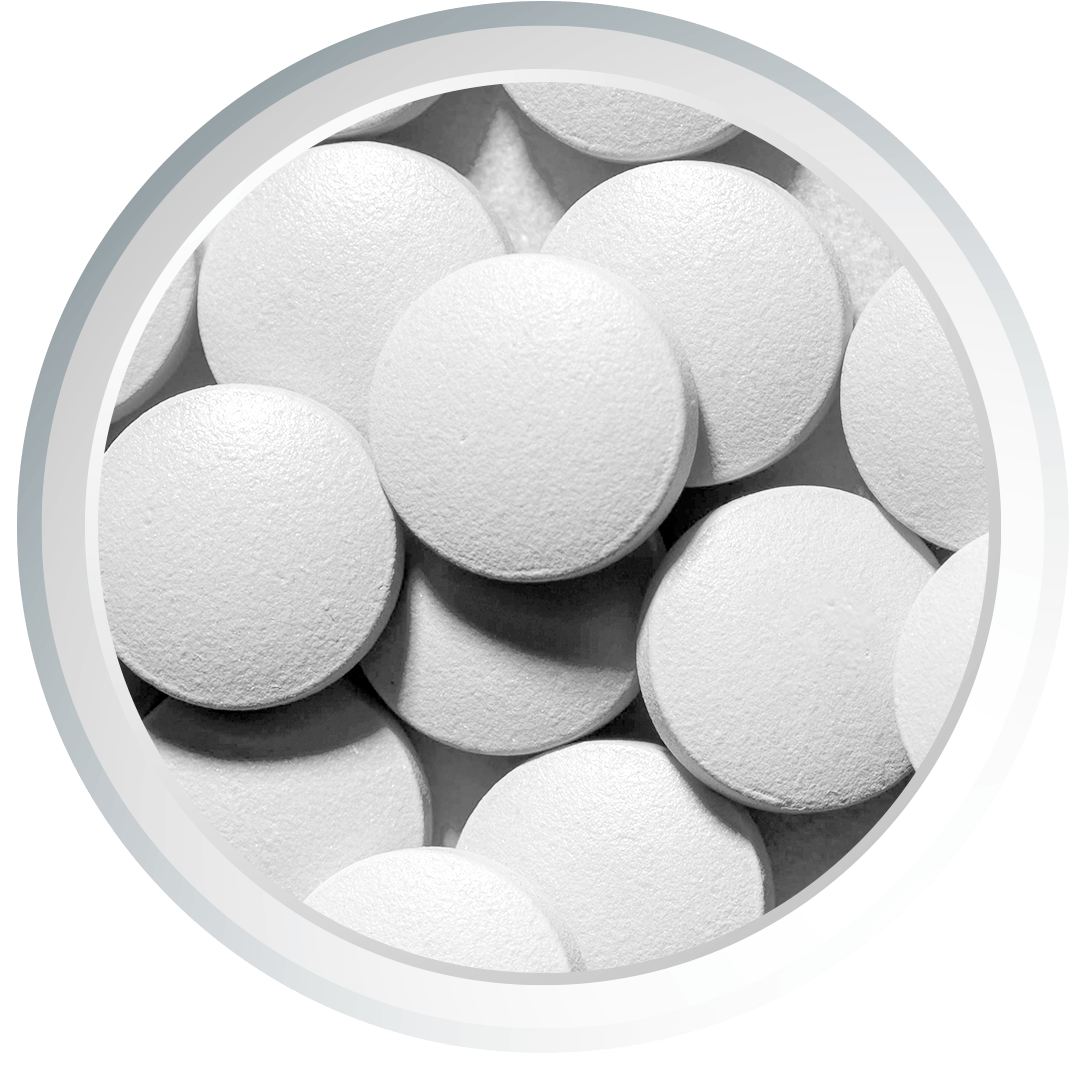PAP formula
01
Peroxid vs PAP
During the whitening process the peroxide releases free radicals. Free radicals invade organic molecules to reduce teeth colouring and more than likely cause adverse side effects like sensitivity, gum irritation and demineralisation of tooth enamel.


02
PAP solution
PhthalImidoperoxycaproicacid (PAP) reacts only with the molecules which cause the teeth staining. These molecules get dissolved without any risk of pain or damage to your teeth and at the same time the Hydroxyapatite replenishes minerals in your teeth.
03
What happens during the whitening process?
- The staining on your teeth is a result of various pigments that are binding to the organic matter of your tooth. The process of stain removal can be achieved two ways: the physical stain removal or the chemical whitening.
- The Physical stain removal concentrates only on surface cleaning of the tooth, and it is done by an abrasive whitening method. The Chemical whitening works on surface stains as well as pigment stains and therefore it is the most common and effective method.
- The Chemical whitening with the PAP oxygenates the stains and changes the form of molecules which are causing the teeth staining. Simply said, the whitening agents enter the tooth through the enamel and decompose these molecules to smaller and simpler forms. The smaller the molecule is the brighter is the colour which makes your teeth appear whiter.
